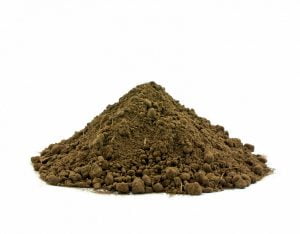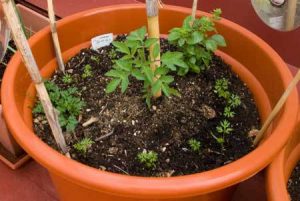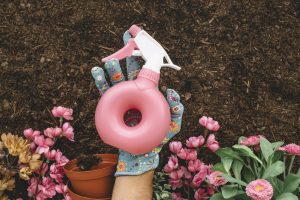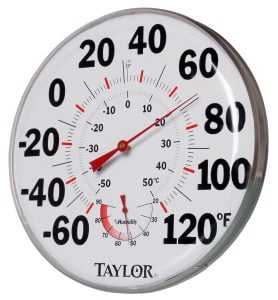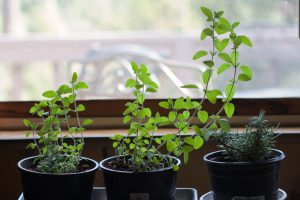What separates the best grow tents from merely good ones? What should you look for in a grow tent? We’ll discuss the benefits of grow tents in general and what you may need to look for in a grow tent when shopping for one yourself.
The Benefits of a Grow Tent
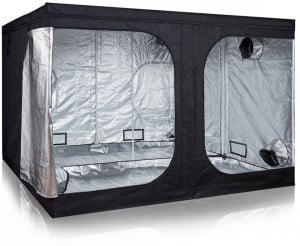 One of the benefits of a grow tent is that it gives you far more control over the environment, whether you’re raising crops indoors or out. If you’re an indoor gardener, grow tents let you contain moisture and heat, maintaining a separate set of environmental conditions than is found in the rest of the house.
One of the benefits of a grow tent is that it gives you far more control over the environment, whether you’re raising crops indoors or out. If you’re an indoor gardener, grow tents let you contain moisture and heat, maintaining a separate set of environmental conditions than is found in the rest of the house.
Whether you’re heating or cooling the space, the grow tent saves you energy on HVAC costs. The barrier also reduces the risk of damage to the plants, since the tent keeps out curious children or pets. The tent by its very presence provides a measure of pest control.
Grow tents give you the ability to tailor the atmosphere, such as pumping in carbon-dioxide rich air to accelerate the growth of plants. The same trait provides a measure of odor control, so that others don’t smell the plants that you’re growing.
Things To Consider When Shopping for a Grow Tent
Grow Tent Dimensions
 One of the factors that you need to consider when buying a grow tent is dimensions; how big do you want it to be and in what shape? Don’t buy an oversized tent in the hope you’ll use the space. If the tent is much larger than necessary, you’ll use more power for heating and cooling. This is true whether it is taller than necessary or has a bigger footprint than you need.
One of the factors that you need to consider when buying a grow tent is dimensions; how big do you want it to be and in what shape? Don’t buy an oversized tent in the hope you’ll use the space. If the tent is much larger than necessary, you’ll use more power for heating and cooling. This is true whether it is taller than necessary or has a bigger footprint than you need.
If you have a tent that is wider than you need, you may end up with a less than ideal setup as you try to fit the rolled up plastic in and around the space. This could create a place where water can accumulate and mold could grow. Conversely, an undersized tent will crowd your plants, whether they’re too crowded now or will be crowded when they are mature. The tent needs to be several feet taller than your mature plants so that you have space for lights, filters and ducts.
Size Matters
What is the right size of grow tent for your application? The answer is that it depends on the type of plants you’re growing. A two foot by two foot tent covers, in general, two mature or four small plants. This type of tent is a good choice for a mother plant.
A four foot by two foot tent covers three mature or eight small plants This size lets you turn many closets into a greenhouse. Yet you can fit many seedlings and micro-vegetables in the same space. And a dwarf tree may fill the entire tent. The four foot square tent is perfect for raising half a dozen plants under a standard 1000 Watt LED grow light.
Five foot square grow tents are very popular as are 4’ by 8’ grow tents. They let you grow four to ten plants, depending on their size. The 8’ square grow tent is perfect for putting in a spare bedroom, since this size gives you plenty of space around the tent for air flow, access and supporting equipment. A 10’ by 10’ grow tent fits in a large bedroom or a small garage.
Tent Access Points
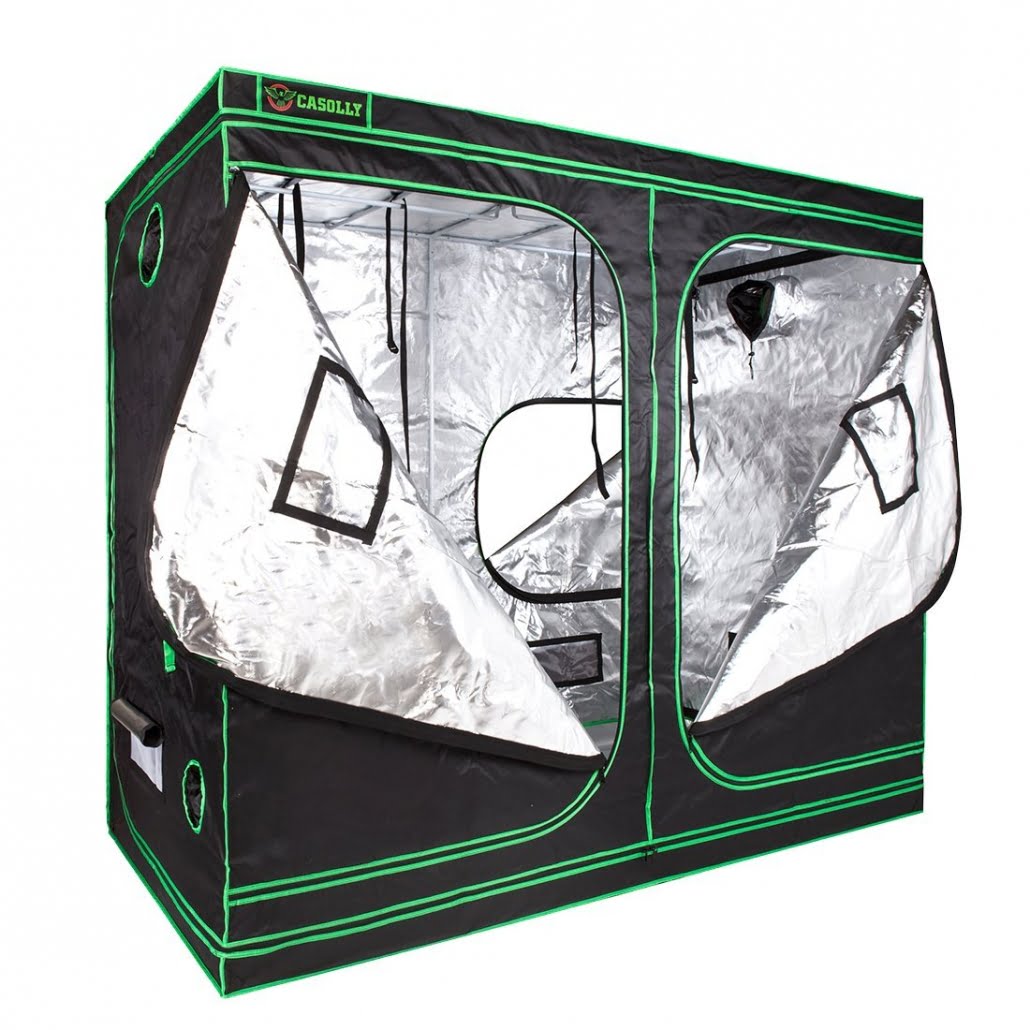 Access points matter. For a small tent covering the rack or table your plants are located on, reach-in access is fine. (Yes, you can find mini grow tents.) For larger arrays, you want a walk-in tent. Zipper quality isn’t as important as this issue, but a brand with a reputation for crappy zippers is something to avoid.
Access points matter. For a small tent covering the rack or table your plants are located on, reach-in access is fine. (Yes, you can find mini grow tents.) For larger arrays, you want a walk-in tent. Zipper quality isn’t as important as this issue, but a brand with a reputation for crappy zippers is something to avoid.
Consider The Weight
The maximum weight ratings for the frames are a consideration. You should probably buy a tent with a much greater weight maximum than you think you need. This allows you to hang a light or tools off the frame as you work without worrying about bringing the whole thing crashing down. Or you have the margin to mount the fan inside the tent if it can’t be mounted outside the tent.
Interior Light Reflectivity Is Important
Interior light reflectivity could be a concern. Too much light reflectivity and you could burn your plants. Not enough reflectivity, and you need to install reflectors or more lights. However, not all plants can utilize reflected light; so a grow tent with interior light reflectivity could reduce the need for supplemental lights for shade-loving plants but it won’t make a difference for sun-loving plants.
Light Control
Light control may be a deciding factor for you. If you want bright grow lamps in a corner of your apartment, tents that keep the light in and features like vent socks and zipper covers may be necessary.
Even a grow tent outside may need light control features, whether you live somewhere that has light pollution rules or you just don’t want an angry neighbor because your grow lights make it hard for them to sleep. Light control is critical for grow tents if the artificial lights put out light that could damage someone’s eyes if they looked directly into them.
Tent Location
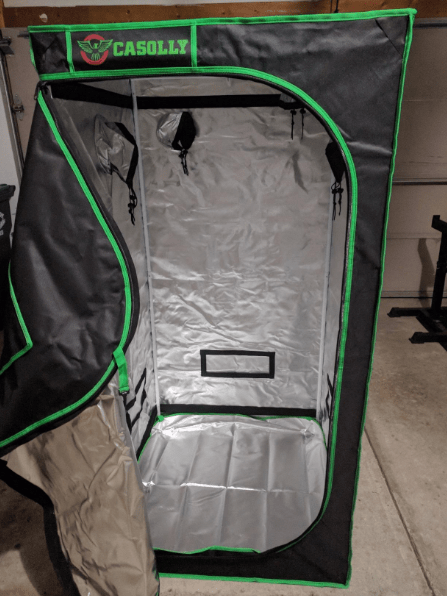
The location and number of air vents and ports is something to check. Will the tent have good air flow if you put that tent in its intended location? If the tent is just smaller than the room it will be placed in, your air vents will just blow air onto the walls then gets sucked right back into the tent. This is akin to having an air conditioner surrounded by bushes or dirty vents, causing it to pull in hot dirty air and work harder to try to cool down your home.
If the tent barely fits in a shed or indoor space, you risk the same issue causing the tent to overheat since it can’t exhaust hot air. Conversely, vents for the grow tent that line up with vents for the room may solve this problem entirely.
Tent Customization/Flexibility Options
There are grow tents that let you adjust interior dimensions like its ceiling height; others come with dividers. The value of these traits depends on your application; a divider with reflectivity/light control lets you use one tent for both raising flowering plants and those in the vegetative stage.
Other grow tents are notable for their portability, as easy to tear down as set up. These tents are ideal for those that don’t know exactly where they want the tent to be for the long term or intend to relocate it based on the season.
Resistance To Damage
Puncture resistance and canvas density are somewhat important in a grow tent. It matters even more if you are concerned about someone cutting into the tent to steal your plants. The best grow tents are durable; they don’t start falling apart as soon as you set them up.
Grow Tents For Beginners
With the above points in mind, below I have listed some of the best grow tents that you can buy now. Whether you are a beginner or a rookie indoor gardener, these grow tents will get the job done and will at least teach you what you need to learn about indoor gardening.
CoolGrows 2x2x4 Feet Small Indoor Mylar Hydroponics Grow Tent
The CoolGrows Grow Tent is an affordable little grow tent is an all in one package. Protect a mother plant or small plants. It zips up to seal in your harvest, and it has a viewing window for checking on plants without having to go in. It is durable and seals light in. It is easy to assemble and take down.
Current price and rating on Amazon below:
Gorilla GGT55 Grow Tent 5’x5’x6’
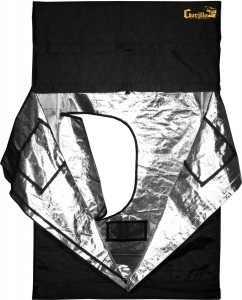 We recognize that some people are looking for a large grow tent for a significant project. The Gorilla GGT55 Grow Tent is perfectly sized for fitting in a small bedroom or shed, and you can extend the height another foot if necessary using the kit that comes with it.
We recognize that some people are looking for a large grow tent for a significant project. The Gorilla GGT55 Grow Tent is perfectly sized for fitting in a small bedroom or shed, and you can extend the height another foot if necessary using the kit that comes with it.
It is affordable for its class and comes with a very sturdy frame. The complete kit comes with an infrared blocking roof insertion to keep heat within the tent. It keeps the light inside, as well. The reflective materials inside do a good job a reflecting even the most minimal light available.
Current price and rating on Amazon below:
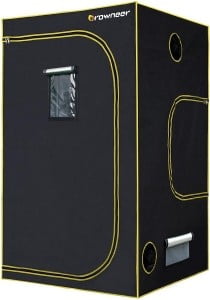 Growneer 4’x4’ 600D Grow Tent
Growneer 4’x4’ 600D Grow Tent
The Growneer 4×4 Grow Tent is perfect for fitting in the corner of a bedroom or a master closet. It has a zip up door and view port so you can see or access the crop as necessary. It even has a floor tray for hydroponic applications.
The built-in grow trellis makes this tent perfect for growing fruits like tomatoes or climbing beans. The Growneer is a very sturdy tent that is also tear-proof and does a good job with competing with the Gorilla Tents like the one I listed above.
I personally like the design and color schematics of this tent. I haven’t used it personally but it looks pretty cool compared to the old ho hum looking grow tents on the market today.
Current price and rating on Amazon below:
VIVOSUN 48″x24″x60″ Mylar Hydroponic Grow Tent
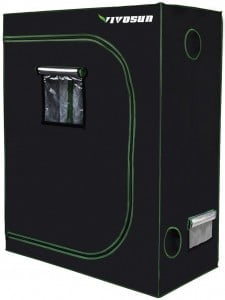 The VivoSun Grow Tent is truly designed for the hobby gardener and beginners, and is perfectly sized for fitting in the average bedroom closet. It has an observation window and floor tray and comes with a heavy duty canvas exterior and light-reflecting interior layer.
The VivoSun Grow Tent is truly designed for the hobby gardener and beginners, and is perfectly sized for fitting in the average bedroom closet. It has an observation window and floor tray and comes with a heavy duty canvas exterior and light-reflecting interior layer.
Just like most grow tents on the market today the VivoSun is tear proof and nearly light-proof. Of course some grow tents do a better job at being tear proof than others so that is something that you will have to make sure you do your research properly on.
You can check the plants by looking through the observation window instead of opening the door with this unit. As I mentioned above it is a perfect tent for beginners, because according to the manufacturer you don’t need tools to set it up. It also comes with a two year warranty which is more than most grow tents come with now a days.
Current price and rating on Amazon below:
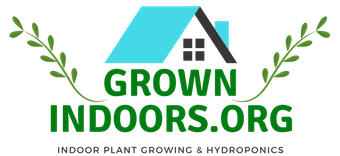
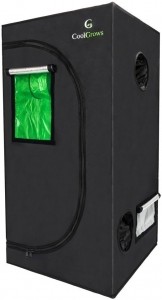
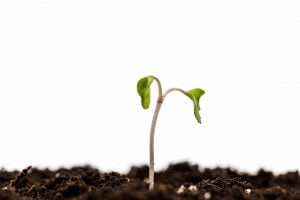 Indoor gardening could mean anything from having a few plants hanging by the windowsill to a full-fledged indoor garden. It really all depends what your end goal is as an indoor gardener. I knew from the beginning that I wanted to concentrate on growing a variety of vegetables.
Indoor gardening could mean anything from having a few plants hanging by the windowsill to a full-fledged indoor garden. It really all depends what your end goal is as an indoor gardener. I knew from the beginning that I wanted to concentrate on growing a variety of vegetables.
